Dr Saskia Bloemhof (PIC): “Camera scores pigs better than humans can”
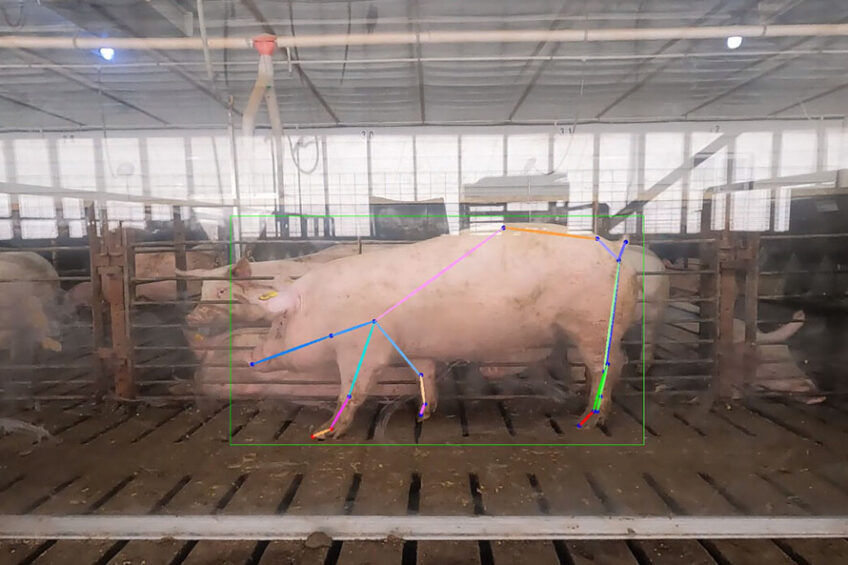
Swine genetics company PIC applies digital selection to determine breeding values. With the right software, the possibilities are endless, says the company’s genetic services director, Dr Saskia Bloemhof.
Data play a significant role in breeding to take genetic expression to the next level. In addition to sharing and interpreting data from developments for estimating breeding values, technological means such as cameras offer more possibilities for objective observations and creation of new phenotypes. In China, for example, facial recognition technology for pig identification has been underway for some years. This has not yet resulted in systems that can be used in practice, partly because pigs differ little from each other in appearance.
Automatic interpretation of images
However, the use of cameras and digital imaging still has the potential to have a large impact at the pen and/or pig level. The biggest challenge lies in the automatic interpretation of images and drawing conclusions based on those images. Dr Saskia Bloemhof is genetic services director at PIC. She says, “Digital selection is still in its infancy, but there are many possibilities. To get a better grip on this, we started working with Professor Dr Tomas Norton from the Catholic University (KU) Leuven in Belgium in 2020. PIC currently employs two engineers who solely focus on translating video images into usable data.” The company now uses digital selection to determine leg scores of breeding gilts and boars.
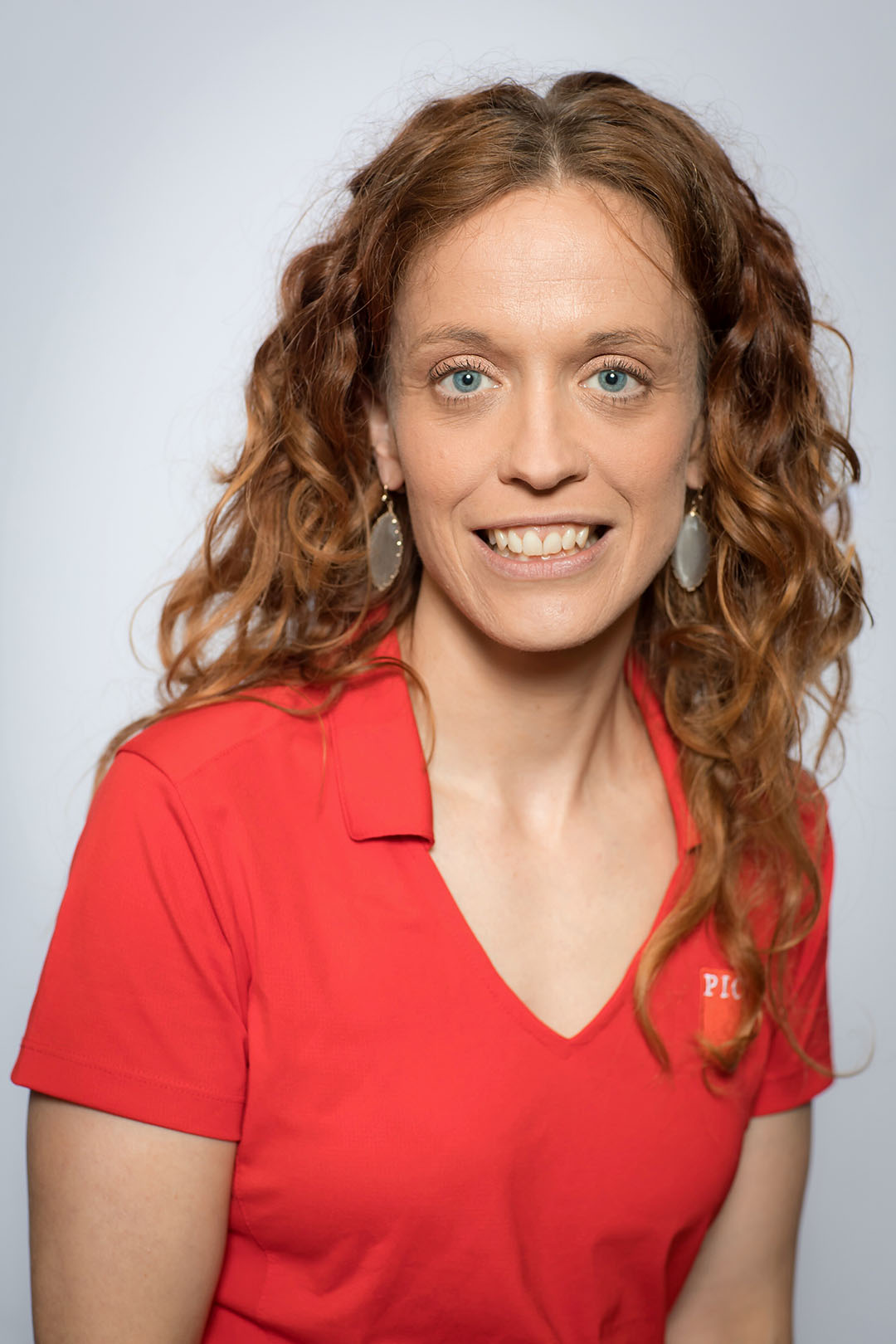
She explains, “We have been working for decades with a leg score for how a pig stands on its front and hind legs. Employees are trained to score gilts on a scale of 1 to 10. Ideal front scores are 5–6, back between 5 and 10. Good or bad feet and legs are easily identified, but the difference between a 4 and a 5 score, for instance, can be subjective. Until now the industry has remained dependent on the human eye.”
But still, scoring the leg remains important.
“The leg score has proven itself in breeding, and animals with a better score have better longevity; but it remains subjective. A gilt can still get a different score from different employees. Labour efficiency also plays a role. It is difficult to get and keep good and trained employees. Of course, you can always correct a breeding value estimate, but you really do not want that. By having the gilts walk past a camera that is recording the angles of movement, a more objective assessment can be made.”
Can you explain that?
“We have had software built that assesses the camera images. The software is based on the ratings of our top evaluator. We let the gilts walk past that camera at the end of the test period and the programme automatically evaluates their movements. The engineers are also constantly updating the programme to optimise the score. It might sound a bit naïve, but at first we assumed that we needed a full-view image, so we adjusted a piece of fencing near the camera to only get the animal in the video. And then the engineers told us that it was not necessary; because it is constantly in the video, the fencing can be filtered out.”
Now that you can leg score automatically, what is the next step?
“The leg score is related to sow longevity. We want to relate a gilt’s leg use and gait to longevity or retention through multiple parties in herd. How do they walk and how long are those steps? You want them to take long strides. In cows, you can see the shoulder and hip bone well, so you can easily determine the stride length. In a pig, it is more difficult to see that mobility. We currently measure the stride length and the locomotion based on many recorded points on the body and hope that we can predict the lifespan of a pig. The gilts that have been digitally scored on leg scores and movements are being tracked throughout their productive lives.”
The next step is to include the locomotion in the longevity forecast
Are you going to select lines for breeding or propagation based on this?
“This does offer options for selection based on these characteristics. Especially since robustness and longevity are so important. With these data, we can more accurately predict the longevity for sows and boars for artificial insemination (AI). The next step is to include the locomotion in the longevity forecast. Now we have a direct estimate of a breeding gilt, much faster than one based on an F1 sow and her offspring or a particular boar, where you must wait 2.5 to three years for results. The generation interval is getting shorter.”
How soon do you expect to introduce the mobility score?
“At the end of the year we will replace the subjective score in the US and Canada with an objective one based on this programme. Next year, we will apply this in the rest of the world. Eventually, every nucleus breeder will have a camera system in their barn.”
To which other things can digital selection be applied?
“A second step can be behaviour. Assessing behaviour remains extremely difficult. You can put someone in a department to see what pigs do, but that takes a lot of time and is impossible in practice. This is only possible with camera technology and videos. But that comes with challenges. You need to know who is who in a group of pigs. That could be done with radio-frequency identification (RFID), but the big question then is how to link the RFID to the video and for the duration of the recordings. We are currently reading ear tags through the camera. The software is so accurate that it can read numbers that we can’t see properly due to dirt or a hanging ear.”
How does behavioural research work?
“We colour-coded behavioural expressions and searched for patterns by connecting to the animal numbers. For example, from the videos it became clear that pigs eat before 10am and rest after 10pm. That means you can fill a feeder in the evening, but they will not eat after 10pm.”
I think that with digital selection, we can search for more details
What is next?
“We can read lying behaviour, for example whether a pig is lying on its stomach or side. We also look at mutual behaviour and what is desirable or undesirable behaviour. When is a given action considered playing and when is it actually stress? With tail biting you find the victim quickly, but the biter is more difficult to recognise. I think that with digital selection, we can search for more details.”
Several companies are trying to use cameras for weight determination. Do you see opportunities for that?
“You can have animals walk over a scale, but it does disrupt their rhythm. When using cameras you can assess the whole pen without disrupting them. We look at these kinds of developments from a genetic perspective, but there is also much to gain for pig farmers from a management perspective. A camera can take over anything you judge with the naked eye, provided you have the software for it. Then the possibilities are endless.”
What is stopping this?
“Costs. For us as a breeding company, such a large investment is possible because it can replace a number of people. But that does not apply to an individual farm.”
 Beheer
Beheer
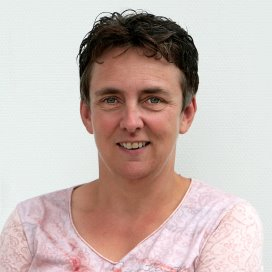
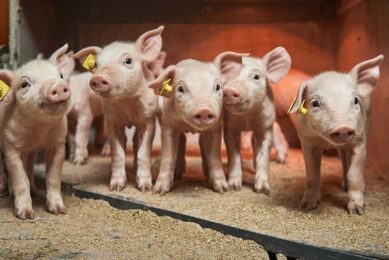


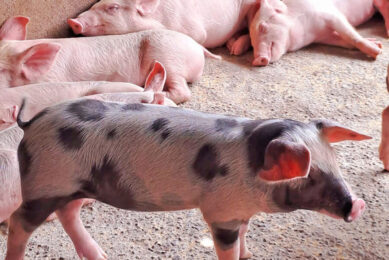



 WP Admin
WP Admin  Bewerk bericht
Bewerk bericht